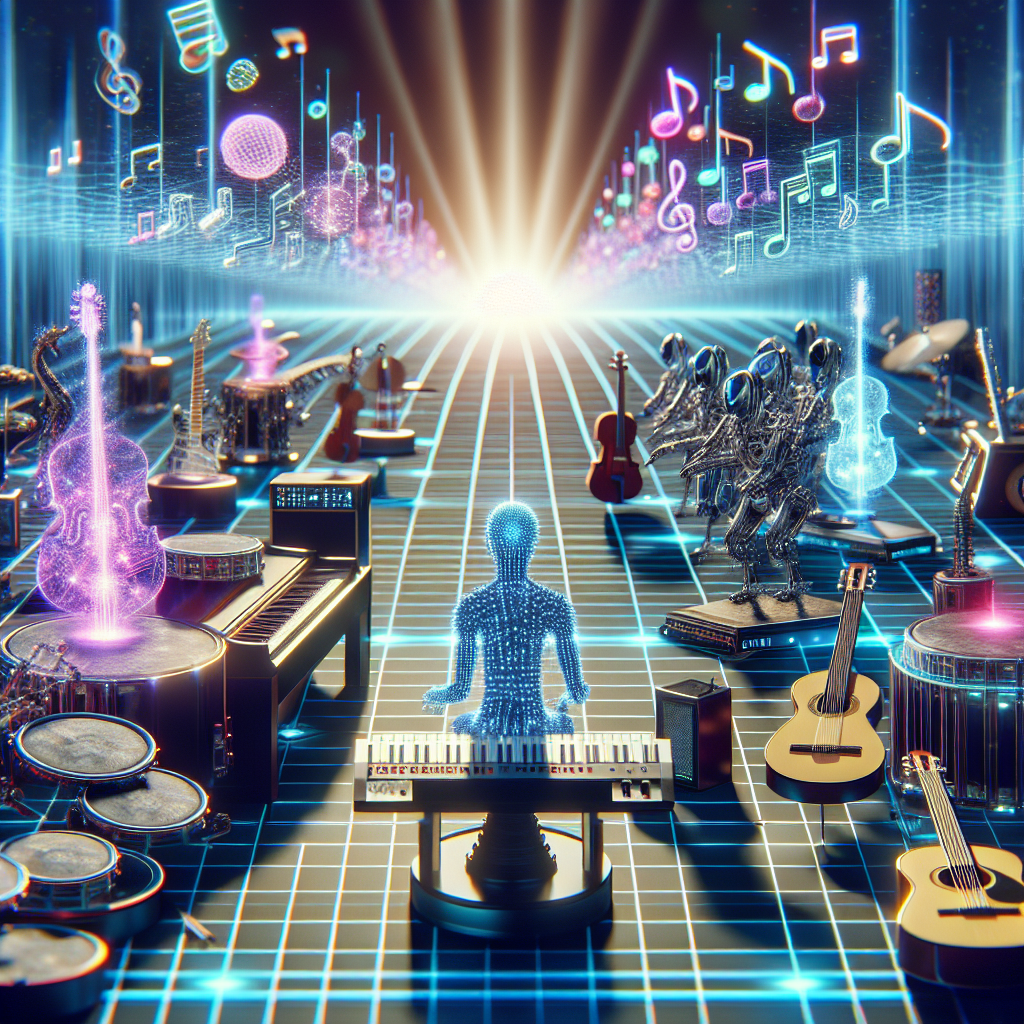The Possibilities of AI-Driven Musical Instruments
In recent years, artificial intelligence (AI) has made significant advancements in various industries, including music. AI-driven musical instruments have emerged as a revolutionary tool for musicians and music producers alike. These instruments have the ability to generate, compose, and perform music in ways that were previously unimaginable. In this article, we will explore the possibilities of AI-driven musical instruments and how they are shaping the future of music.
AI-driven musical instruments utilize machine learning algorithms to analyze and understand music patterns, styles, and structures. By feeding these algorithms with vast amounts of musical data, AI can generate new melodies, harmonies, and rhythms that mimic the work of human composers. This technology has opened up a whole new world of possibilities for musicians, allowing them to explore new sounds and create music that is truly unique.
One of the most exciting aspects of AI-driven musical instruments is their ability to collaborate with human musicians. These instruments can analyze a musician’s playing style and adapt to it in real-time, creating a seamless and interactive musical experience. This opens up endless possibilities for improvisation and experimentation, pushing the boundaries of traditional music composition.
Another key advantage of AI-driven musical instruments is their potential to democratize music creation. With AI technology, anyone can create music, regardless of their level of musical expertise. This has the potential to revolutionize the music industry, as it allows for a more diverse range of voices and styles to be heard.
AI-driven musical instruments also offer new ways for musicians to express themselves creatively. By providing endless possibilities for experimentation and exploration, AI technology can inspire musicians to push the boundaries of their art and create truly innovative music.
FAQs:
Q: How do AI-driven musical instruments work?
A: AI-driven musical instruments use machine learning algorithms to analyze musical data and generate new compositions. These algorithms are trained on vast amounts of music to understand patterns, styles, and structures, allowing them to create music that mimics the work of human composers.
Q: Can AI-driven musical instruments collaborate with human musicians?
A: Yes, AI-driven musical instruments can collaborate with human musicians by analyzing their playing style and adapting to it in real-time. This allows for a seamless and interactive musical experience, opening up endless possibilities for improvisation and experimentation.
Q: Can anyone use AI-driven musical instruments, regardless of musical expertise?
A: Yes, AI-driven musical instruments have the potential to democratize music creation, allowing anyone to create music regardless of their level of musical expertise. This has the potential to revolutionize the music industry by providing a more diverse range of voices and styles.
Q: How can AI-driven musical instruments inspire musicians to be more creative?
A: AI-driven musical instruments provide endless possibilities for experimentation and exploration, inspiring musicians to push the boundaries of their art and create truly innovative music. By offering new ways to express themselves creatively, AI technology can help musicians to explore new sounds and styles.
In conclusion, AI-driven musical instruments have the potential to revolutionize the way we create and experience music. By harnessing the power of machine learning algorithms, these instruments can generate new compositions, collaborate with human musicians, and inspire creativity in ways that were previously unimaginable. As technology continues to advance, the possibilities for AI-driven musical instruments are endless, and the future of music looks brighter than ever.

